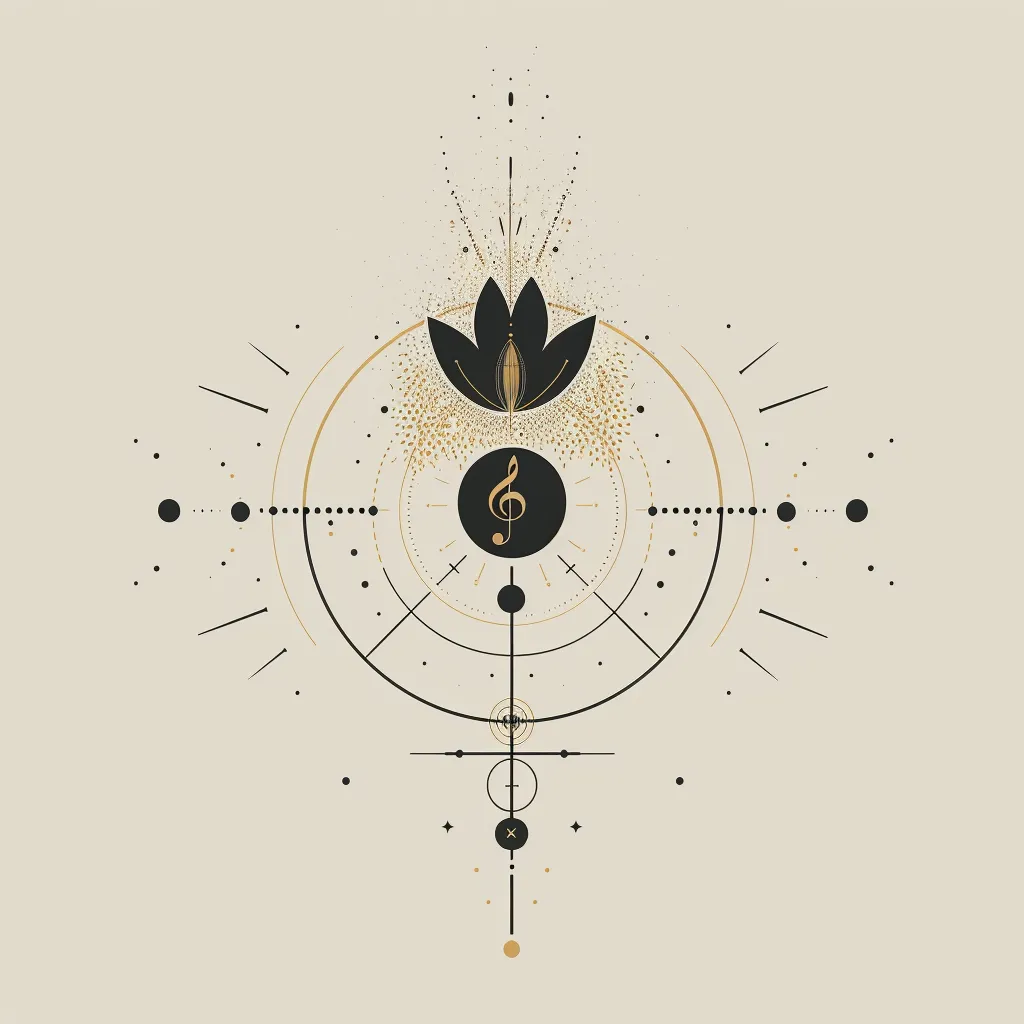Elton John – Rocket Man – Verse 2
Rocket Man < All Analyses
Chord Progression
[‘Em7’, ‘A’, ‘Asus2’, ‘Em7’, ‘A’, ‘A’, ‘G/B’, ‘C’, ‘G/B’, ‘Am’, ‘C/G’, ‘D/F#’, ‘D/A’, ‘D’, ‘Em7’, ‘A’, ‘Em7’, ‘A’, ‘A7sus4’, ‘C’, ‘G/B’, ‘Am’, ‘C/G’, ‘D/F#’, ‘D/A’, ‘D’, ‘C/D’]
Chord Progression Analysis
“`plain
Em7 (‘vi7’), A (‘II’), Asus2 (‘IIsus2’), Em7 (‘vi7’), A (‘II’), A (‘II’), G/B (‘I/III’), C (‘IV’), G/B (‘I/III’), Am (‘ii’),
C/G (‘IV/V’), D/F# (‘V/III’), D/A (‘V/V’), D (‘V’), Em7 (‘vi7’), A (‘II’), Em7 (‘vi7’), A (‘II’), A7sus4 (‘IIsus4’), C (‘IV’),
G/B (‘I/III’), Am (‘ii’), C/G (‘IV/V’), D/F# (‘V/III’), D/A (‘V/V’), D (‘V’), C/D (‘IV/V’),.
Note: ‘II’ indicates a borrowed chord from the parallel key which in this case is G minor.
“`
Similar Chord Progressions
1. Billy Joel – “She’s Got A Way”
Chord Progression: [‘C’, ‘Cmaj7’, ‘C7’, ‘F’, ‘Fm’, ‘C’, ‘G’, ‘Am’, ‘D’, ‘G’, ‘G7’]
Joel’s composition shares the use of dominant and major seventh chords like “Rocket Man”. The movement from F to Fm creates a parallel to John’s frequent use of borrowed chords.
2. The Beatles – “Here Comes The Sun”
Chord Progression: [‘D’, ‘G’, ‘A7’, ‘D’, ‘G’, ‘D’, ‘A7’, ‘D’, ‘G’, ‘D’, ‘A7’, ‘D’, ‘G’]
This Beatles classic shares similarities in its use of seventh and suspended chords, creating a similar harmonic color.
3. Eric Clapton – “Wonderful Tonight”
Chord Progression: [‘G’, ‘D/F#’, ‘C’, ‘D’, ‘G’, ‘D/F#’, ‘C’, ‘D’]
Clapton makes use of descending bass lines, similar to “Rocket Man”.
Musical Analysis
Elton John uses a lot of chromaticism and tension-release through the use of seventh chords (Em7), suspensions (Asus2, A7sus4), and borrowed chords (A – borrowed from the parallel minor key). The constant alternations between the tonic and the dominant seventh chord add ambiguity to the progression, reflecting the theme of the song. The bass line movement, particularly the use of slash chords (G/B, D/F#), creates an interesting countermelody to the tune and emulates the feeling of traveling to the cosmos.
Overall Analysis
“Rocket Man” by Elton John, released in 1972, is a melodic and harmonically sophisticated example of his pop/rock style. The piece is in the key of G, and the chord progression of Verse 2 introduces some harmonies that exploit john’s expertise in using extended and altered chords, which lend colorfulness and a feel of departure and return. The use of slash chords like G/B and D/F# creates a descending bass line that is very characteristic of pop and rock music, creating a sense of melodic movement within the chords themselves. Verse 2 is navigated skillfully between simplistic and complex harmonies.
Style Analysis
Elton’s style is largely influenced by gospel, blues, and early rock ‘n’ roll, which is evident in the usage of the dominant seventh and suspended chords throughout the verse. He also incorporates a lot of rhythmic changes and syncopations into the chord progression, creating a rich harmonic texture. The repeated riff helps to ground the song in the folk-rock style, while the use of borrowed chords adds a jazzy touch.
What are the chords in: Elton John – Rocket Man – Verse 2?
[‘Em7’, ‘A’, ‘Asus2’, ‘Em7’, ‘A’, ‘A’, ‘G/B’, ‘C’, ‘G/B’, ‘Am’, ‘C/G’, ‘D/F#’, ‘D/A’, ‘D’, ‘Em7’, ‘A’, ‘Em7’, ‘A’, ‘A7sus4’, ‘C’, ‘G/B’, ‘Am’, ‘C/G’, ‘D/F#’, ‘D/A’, ‘D’, ‘C/D’]
